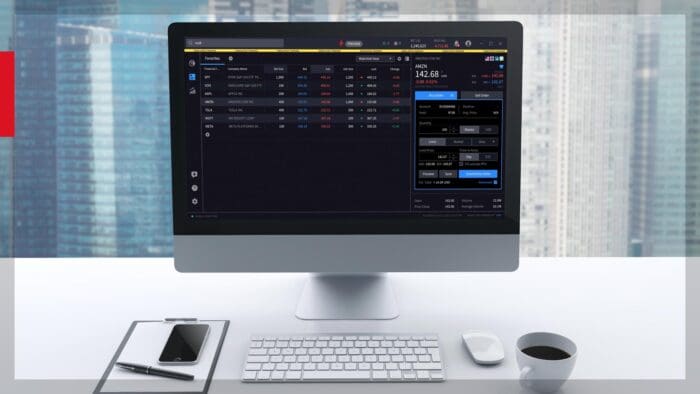Join Robot James for a tutorial on how to use group_by() dplyr verb for financial data manipulation. See Part I, Part II, Part III, Part IV, Part V and Part VI for instructions on other dplyr verbs.
The group_by() dplyr verb

Summarising the entire data set isn’t always very useful.
Usually, we want to group by a variable, and then summarise that grouped data.
The group_by() function tells the dplyr verbs to operate on each group one at a time.
Use summarise() with group_by() to calculate mean traded volume for each stock
If we group by ticker, then call summarise, then dplyr will preform the summary calculations separately for each ticker. We will get a row for each ticker.
prices %>%
group_by(ticker) %>%
summarise(meanvolume = mean(volume))

Use summarise() with multiple group_by variables, to calculate the mean traded volume for each stock for each year
In this example we:
- calculate a new variable
yearusingmutate() - group by ticker and year
- summarise.
library(lubridate)
prices %>%
mutate(year = year(date)) %>%
group_by(ticker, year) %>%
summarise(meanvolume = mean(volume),
obscount = n())

Using group_by() with mutate() to do grouped row-level transformations
We can also use group_by with mutate() to calculate new variables which are calculated separately for a given variable (or set of variables)
You’ll use this nearly every time you do any quant analysis to calculate periodic returns.
Using group_by with mutate() and lag() to calculate daily close-to-close returns
prices %>%
group_by(ticker) %>%
arrange(date) %>%
mutate(c2creturns = close / lag(close) – 1)

Summary
Arrange your data so:
- Every column is variable
- Every row is an observation
You can then easily use dplyr to manipulate that data very efficiently.
There are 6 main functions to master in dplyr.
filter()picks outs observations (rows) by some filter criteriaarrange()reorders the observations (rows)select()picks out the variables (columns)mutate()creates new variables (columns) by applying transformations to existing variablessummarise()allows you to group and summarise data – reducing the data into a grouped summary with fewer rows.
The group_by() causes the verbs above to act on a group at a time, rather than the whole dataset.
Want the Code?
Visit Robot Wealth website for additional insight: https://robotwealth.com/financial-data-manipulation-in-dplyr-for-quant-traders/
Past performance is not indicative of future results.
Any stock, options or futures symbols displayed are for illustrative purposes only and are not intended to portray recommendations.
Disclosure: Interactive Brokers Third Party
Information posted on IBKR Campus that is provided by third-parties does NOT constitute a recommendation that you should contract for the services of that third party. Third-party participants who contribute to IBKR Campus are independent of Interactive Brokers and Interactive Brokers does not make any representations or warranties concerning the services offered, their past or future performance, or the accuracy of the information provided by the third party. Past performance is no guarantee of future results.
This material is from Robot Wealth and is being posted with its permission. The views expressed in this material are solely those of the author and/or Robot Wealth and Interactive Brokers is not endorsing or recommending any investment or trading discussed in the material. This material is not and should not be construed as an offer to buy or sell any security. It should not be construed as research or investment advice or a recommendation to buy, sell or hold any security or commodity. This material does not and is not intended to take into account the particular financial conditions, investment objectives or requirements of individual customers. Before acting on this material, you should consider whether it is suitable for your particular circumstances and, as necessary, seek professional advice.















Join The Conversation
For specific platform feedback and suggestions, please submit it directly to our team using these instructions.
If you have an account-specific question or concern, please reach out to Client Services.
We encourage you to look through our FAQs before posting. Your question may already be covered!